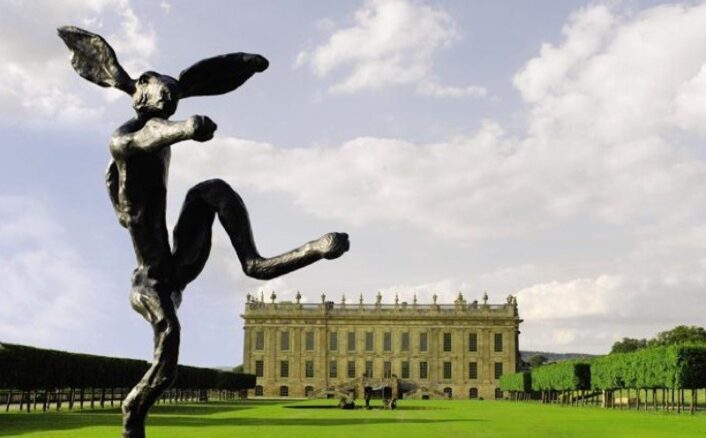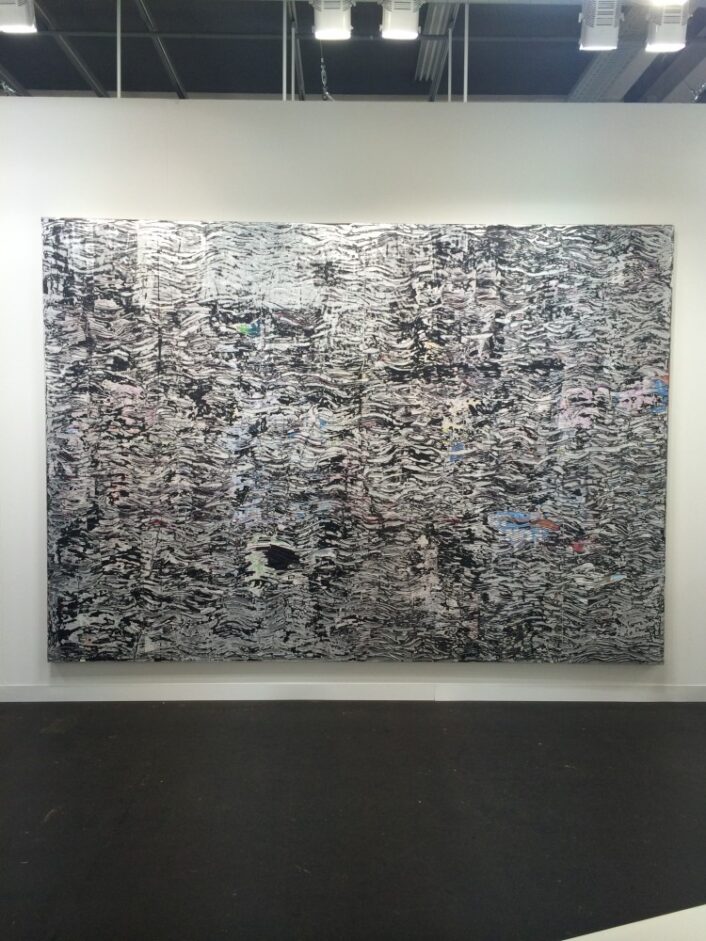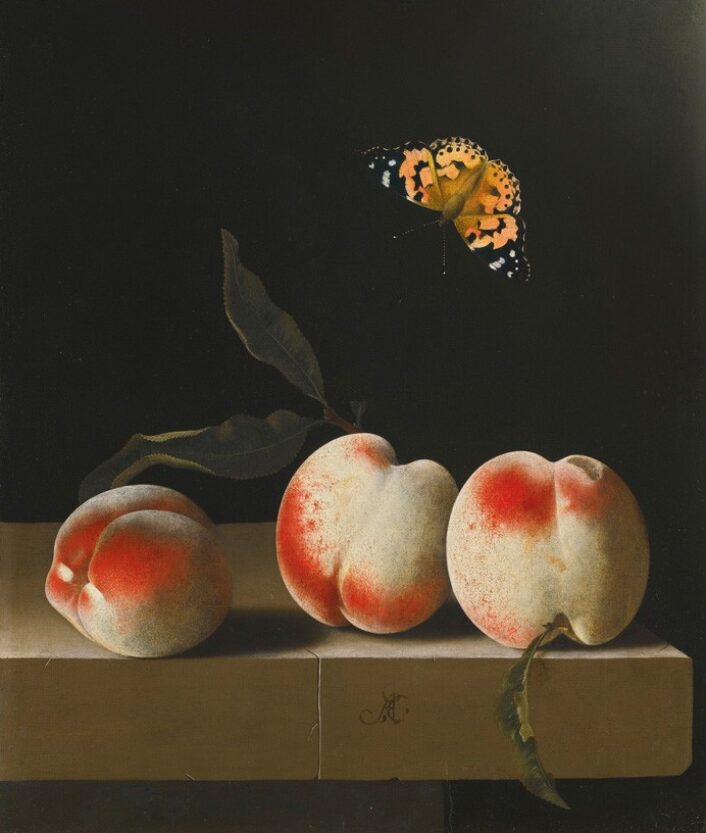Fine Art
Modern British Art
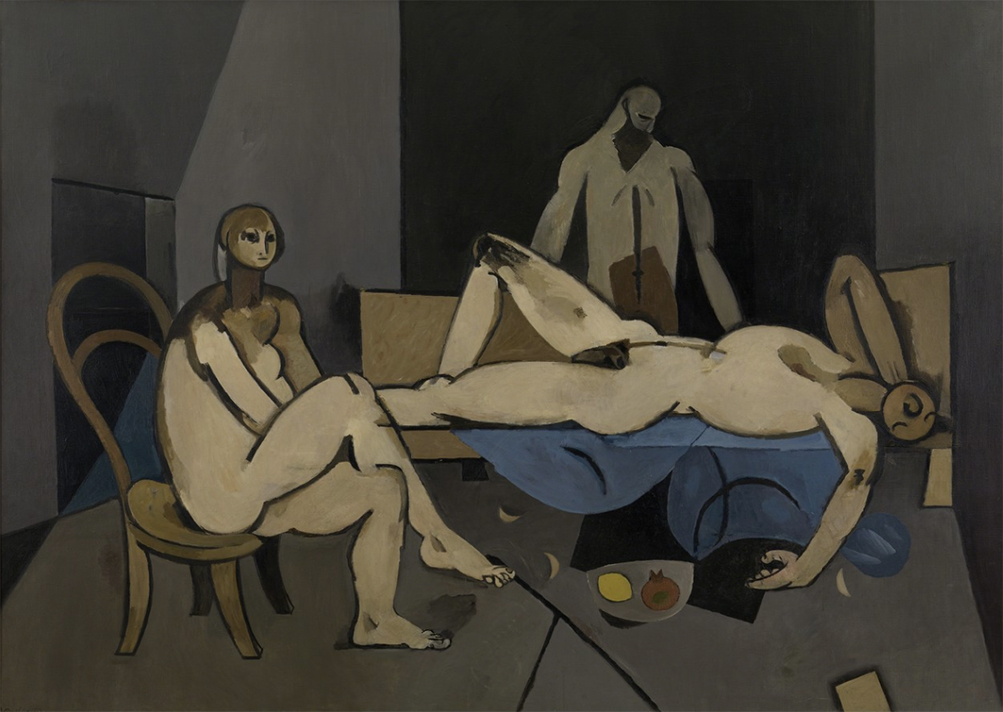
Modern British Art was essentially forgotten about for years, after the enthusiasm and excitement of the 1970s Pop Art. The work that was produced in the 25 years after World War II was deemed too graphic, and touched nerves by expressing grief, horror, and guilt so vividly. In the war’s aftermath, memories were too recent for such recollections.
However, thanks to the duo of Peter Osborne and Gordon Samuel… this important era in art wasn’t abandoned. Even better, it is now getting a much deserved revival with some bold, new exposure!
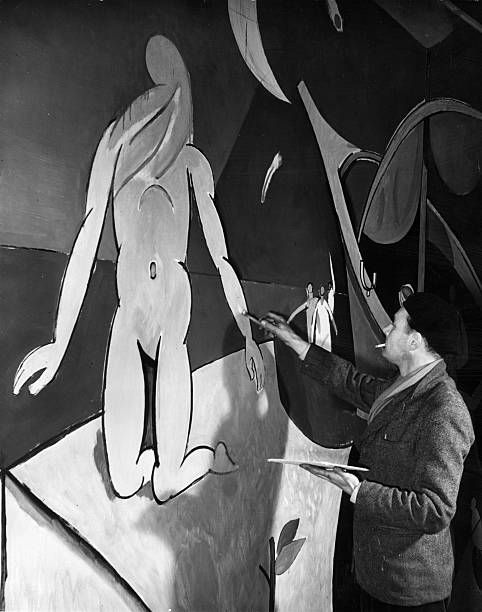
Keith Vaughan painting a mural for the Dome of Discovery at the Festival of Britain.
Image courtesy of: Pinterest, photogarphed by: Derek Berwin
Some of this artwork came about out of pure chance. In preparation for the the 1951 Festival of Britain, an exhibition fair, the Arts Council offered British painters free materials and large canvases. The hope was that the artists promote the country’s heroism following the wartime period of rationing and shortages. However, some painters were still very affected by the war and their works showed “less than uplifting” material.
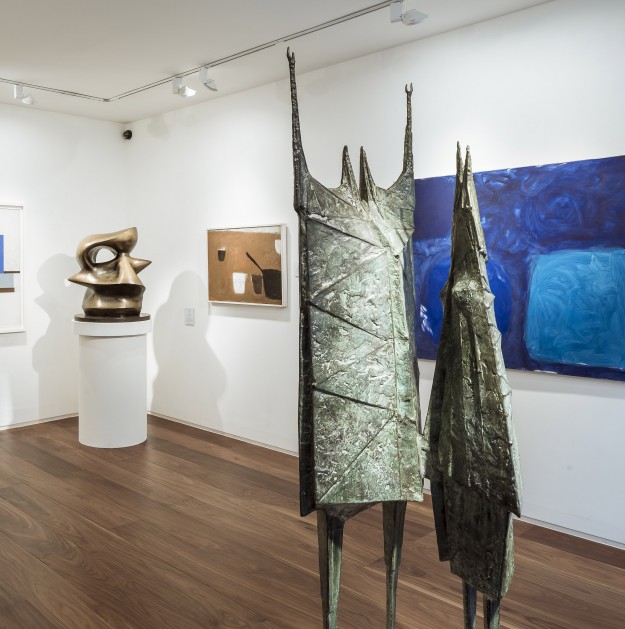
Osborne Samuel Gallery in London.
The gallery works closely with the estates of many of its represented artists: Edward Wadsworth, Lynn Chadwick, Peter Kinley, and Stanley William Hayter.
Image courtesy of: Osborne Samuel Gallery
In 2005, Peter Osborne and Gordon Samuel established a gallery devoted to Modern British Art. The pair each has their speciality… Osborne specializes in sculptures and Samuel is more familiar with painting and graphics. The duo also differs with regards to their personality… Osborne often feels as though he commands attention and Samuel is usually soft-spoken. In spite of their respective differences, the pair believes that the genre is extremely important and that gaining worldwide recognition for these artists necessitates the gallery’s active and continuous support.

Lynn Chadwick, Three Standing Figures, 1955, bronze.
Dimensions are: 20.9 inches x 12.2 inches x 12.2 inches
Lynn Chadwick’s work featured aspects of architecture, a field he pursued early in his career.
Image courtesy of: Artsy
A sculptor much revered by Osborne is Lynn Chadwick. In 1952, Chadwick surprised audiences at the Venice Biennale by welding iron and bronze rods into expressions of human and animal forms. This was a stark variation from the traditional sculptures that were carved out of wood or stone. The new material, as well as the abstract forms he designed, were ground-breaking. It was noted that Chadwick disliked the amorphousness of stone. Working with iron allowed him to “do a three dimensional drawing… which had a very definite shape.”
In Chadwick’s obituary for the New York Times, Ken Johnson wrote, “In the 1950’s [Chadwick] developed a spiky vocabulary of skeletal lines and rough planes organized into generalized images of people or animals that evoked feelings of pain, rage and fear.”
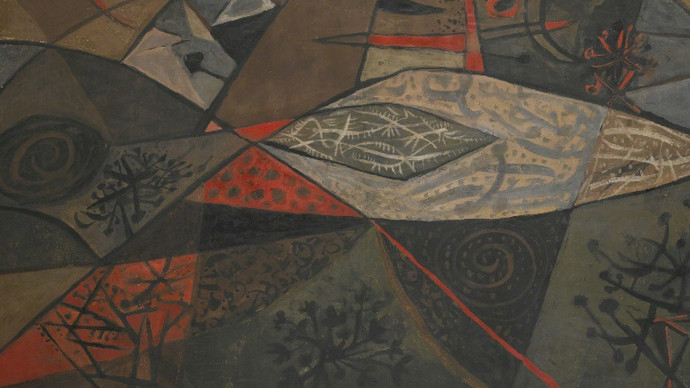
“John Craxton in Greece”
Trapped in England during the war, the young John Craxton was one of the brightest hopes of British art when he escaped to Greece in 1946. Craxton never wanted to sell his work. In fact, he spent years trying to buy back previously sold pieces. Last year, fifty previously unknown paintings and drawings were offered by Osborne Samuel during the first of a series of posthumous exhibitions.
Image courtesy of: Wall Street International Magazine
It was amazing, and encouraging, to see that among the 300 plus, top international dealers at this spring’s TEFAF Maastricht, the Modern British Art pieces displayed at the London-based Osborne Samuel Gallery stood out. The gallery has championed this art and the amazing artists they represent.
Osborne premiered shows in American and Japan in order to gain exposure for “his” British artists. He also traveled to South American where collectors seemed to have a special affinity to Chadwick. In fact, one American entrepreneur, Phil Berman, bought one hundred Chadwicks and built a museum for them in Philadelphia.
We all owe a big thank you to Osborne and Samuel for ensuring that this very important genre did not get forgotten!
